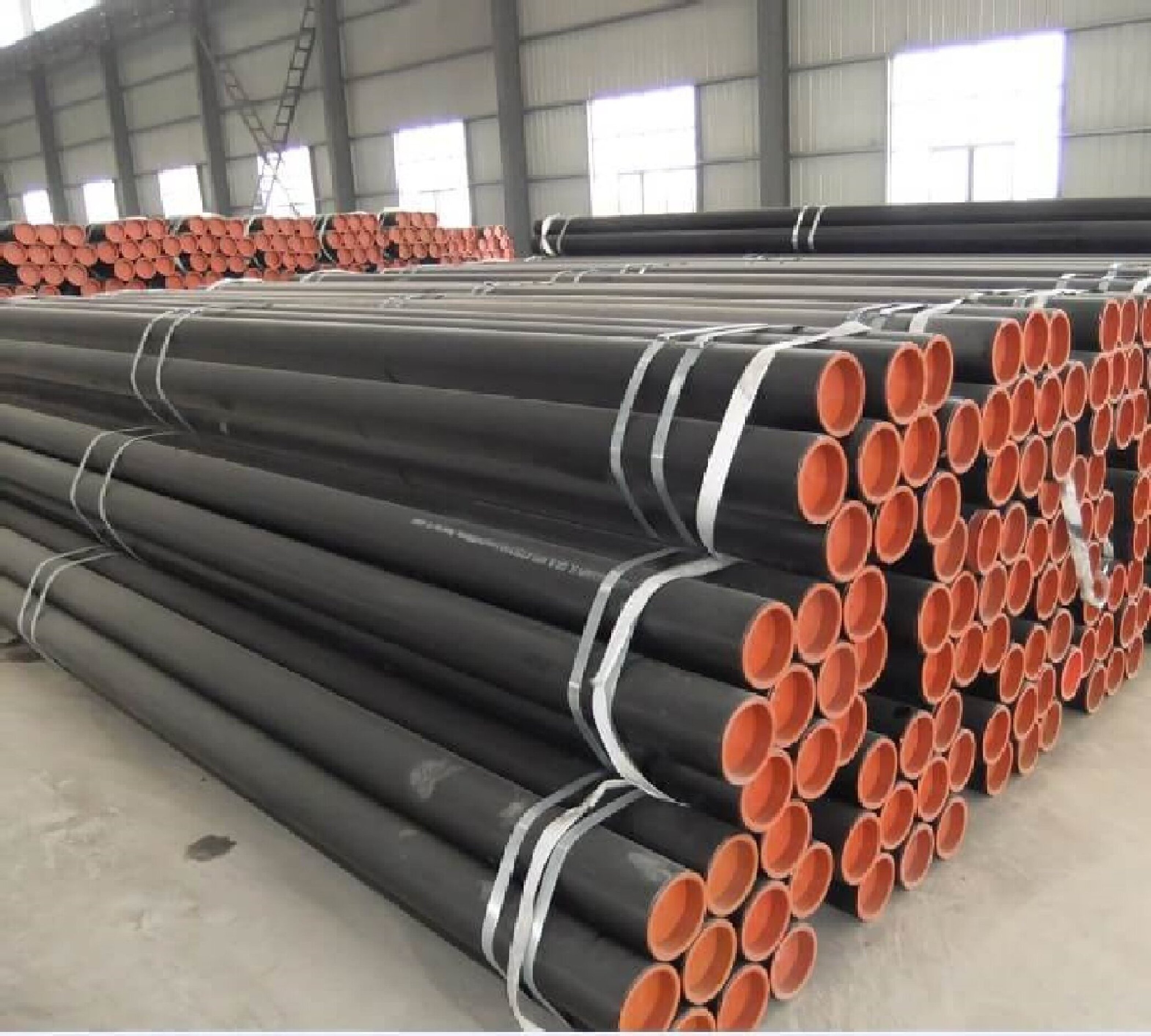-
Cangzhou Yulong Steel Co., Ltd.
-
Phone:
+86 13303177267 -
Email:
admin@ylsteelfittings.com
- English
- Arabic
- Italian
- Spanish
- Portuguese
- German
- kazakh
- Persian
- Greek
- French
- Russian
- Polish
- Thai
- Indonesian
- Vietnamese
- Zulu
- Korean
- Uzbek
- Hindi
- Serbian
- Malay
- Ukrainian
- Gujarati
- Haitian Creole
- hausa
- hawaiian
- Hebrew
- Miao
- Hungarian
- Icelandic
- igbo
- irish
- Japanese
- Javanese
- Kannada
- Khmer
- Rwandese
- Afrikaans
- Albanian
- Amharic
- Armenian
- Azerbaijani
- Basque
- Belarusian
- Bengali
- Bosnian
- Bulgarian
- Catalan
- Cebuano
- China
- China (Taiwan)
- Corsican
- Croatian
- Czech
- Danish
- Esperanto
- Estonian
- Finnish
- Frisian
- Galician
- Georgian
- Kurdish
- Kyrgyz
- Lao
- Latin
- Latvian
- Lithuanian
- Luxembourgish
- Macedonian
- Malgashi
- Malayalam
- Maltese
- Maori
- Marathi
- Mongolian
- Myanmar
- Nepali
- Norwegian
- Norwegian
- Occitan
- Pashto
- Dutch
- Punjabi
- Romanian
- Samoan
- Scottish Gaelic
- Sesotho
- Shona
- Sindhi
- Sinhala
- Slovak
- Slovenian
- Somali
- Sundanese
- Swahili
- Swedish
- Tagalog
- Tajik
- Tamil
- Tatar
- Telugu
- Turkish
- Turkmen
- Urdu
- Uighur
- Welsh
- Bantu
- Yiddish
- Yoruba

Dec . 11, 2024 12:23 Back to list
Standards for Flanges and Flange Accessories in Industrial Applications
Understanding EN 1092-1 2001 - A Comprehensive Guide to Flanges
EN 1092-1 2001 is a vital standard in the realm of engineering, specifically concerning the design and manufacturing of flanges. Flanges are critical components used in piping systems to connect pipes, valves, pumps, and other equipment, allowing for the efficient transport of fluids and gases in various industries, including oil and gas, water treatment, and chemical manufacturing. This article aims to elucidate the significance of EN 1092-1 2001, its scope, various types of flanges, and the importance of adherence to this standard in ensuring safety and reliability in engineering applications.
Scope of EN 1092-1 2001
EN 1092-1 2001 outlines the specifications for various types of flanges, particularly those used in piping systems. It provides guidelines regarding the dimensions, tolerances, materials, and mechanical properties necessary to ensure compatibility and functionality. The standard is applicable to flanges of various nominal sizes, pressure ratings, and materials, including carbon steel, stainless steel, and other alloys.
The objective of this standard is fourfold to establish a consistent classification of flanges, to provide engineers and manufacturers with the necessary design requirements, to ensure interoperability between different components, and to enhance the safety and reliability of piping systems. Ultimately, EN 1092-1 plays a crucial role in streamlining manufacturing processes and ensuring that finished products meet the expected performance standards.
Types of Flanges Covered by EN 1092-1 2001
EN 1092-1 2001 categorizes flanges into several types based on their design and intended applications. The most common types include
1. Welding Neck Flanges These flanges have a long neck that provides a gradual transition between the flange and pipe. They are designed for high-pressure applications and are welded to the pipe, making them an excellent choice for critical services.
2. Slip-On Flanges Manufactured to slip over the pipe, these flanges are easy to install and are typically used in lower-pressure applications. They require welding for a secure fit.
en1092 01

3. Blind Flanges Used to seal the end of a pipeline, blind flanges are essential in isolating sections of a piping system for maintenance or inspections.
4. Socket Weld Flanges Similar to slip-on flanges, socket weld flanges have a socket that the pipe fits into. They are mainly used for high-pressure applications and are welded to the pipe.
5. Lap Joint Flanges These flanges are used in conjunction with a stub end and allow for easy alignment and disassembly, making them ideal for areas requiring frequent maintenance.
The Importance of Compliance with EN 1092-1 2001
Adhering to the guidelines set forth by EN 1092-1 2001 is crucial for several reasons. Firstly, compliance ensures that flanges will properly fit with established piping systems, minimizing leaks and potential failure. The standard also addresses the mechanical properties and material specifications necessary for the safe operation of flanged connections under various temperatures and pressures.
Moreover, using standardized flanges reduces the risk of catastrophic failures, which can lead to safety hazards, environmental damage, and significant financial losses. By ensuring that all components meet the specifications outlined in EN 1092-1 2001, engineers can maintain the integrity and performance of piping systems, thereby safeguarding the health and safety of personnel and the environment.
Conclusion
In conclusion, EN 1092-1 2001 is an essential standard that governs the design and manufacturing of flanges used in piping systems. Understanding its scope and the different types of flanges is vital for engineers and manufacturers alike. Compliance with this standard not only enhances interoperability between components but also ensures safety, reliability, and efficiency in operations across various industries. As industries continue to evolve, the importance of adhering to such standards cannot be overstated, as they serve as the foundation for safe and effective engineering practices.
Latest news
-
ANSI 150P SS304 SO FLANGE
NewsFeb.14,2025
-
ASTM A333GR6 STEEL PIPE
NewsJan.20,2025
-
ANSI B16.5 WELDING NECK FLANGE
NewsJan.15,2026
-
ANSI B16.5 SLIP-ON FLANGE
NewsApr.19,2024
-
SABS 1123 FLANGE
NewsJan.15,2025
-
DIN86044 PLATE FLANGE
NewsApr.19,2024
-
DIN2527 BLIND FLANGE
NewsApr.12,2024
-
JIS B2311 Butt-Welding Fittings LR/SR 45°/90° /180°Seamless/Weld
NewsApr.23,2024











